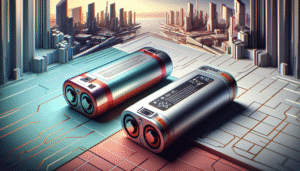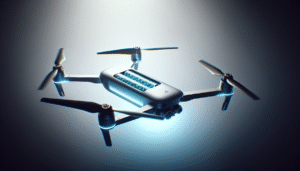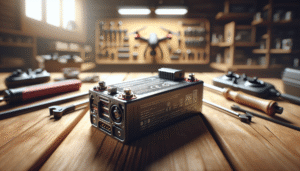Have you ever found yourself ready to take your drone for a flight, only to be thwarted by the wrong connector for your battery charger? It’s like being all dressed up with nowhere to go. In the world of drone accessories, particularly chargers, the debate often boils down to two contenders: the XT60 and the XT90 connectors. You might wonder, “Which one is really best for my drone charging needs?” Let’s navigate the maze of technicalities and practicalities surrounding these two connectors, perhaps finding some humor along the way.
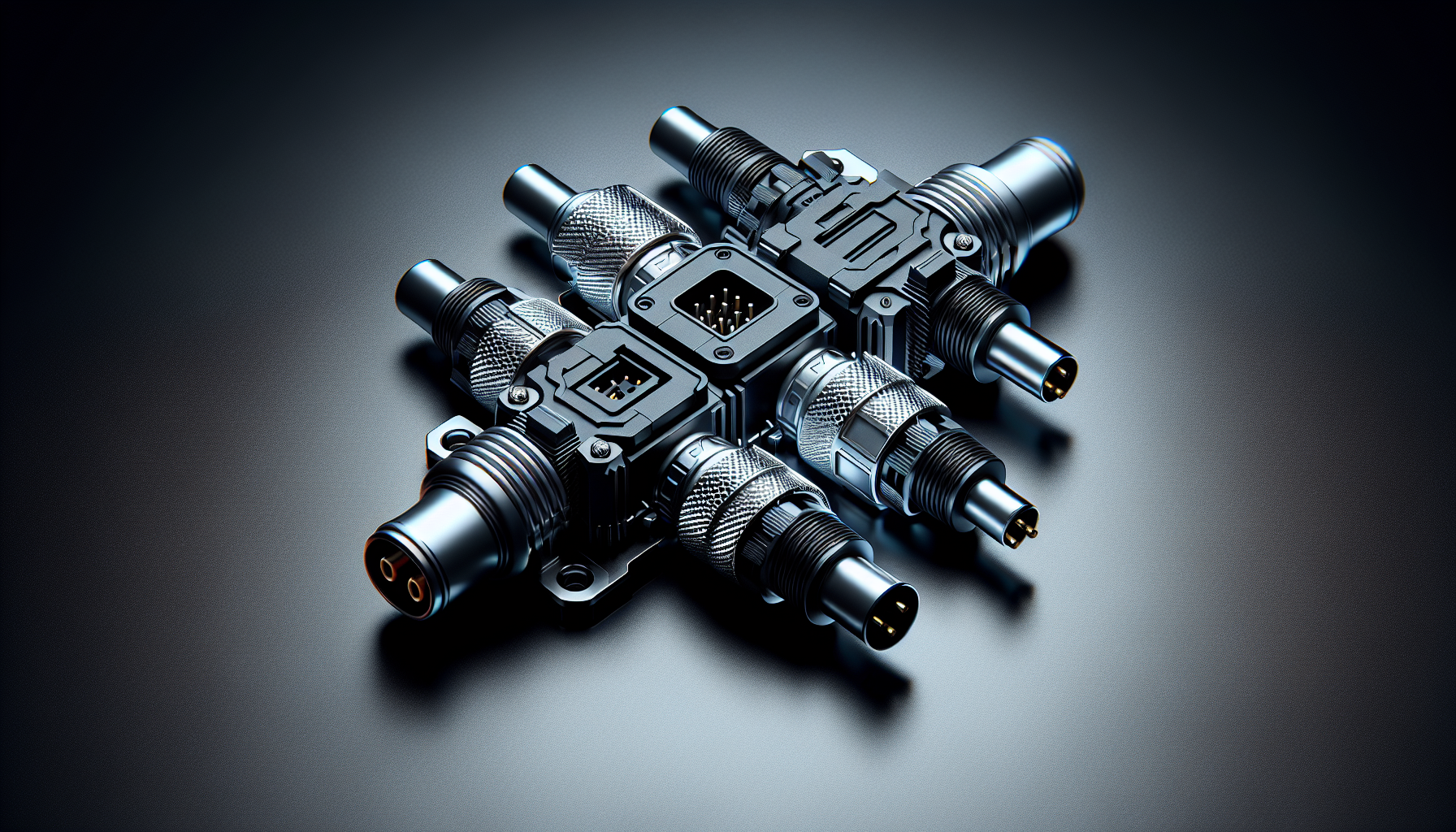
Getting to Know the Basics: XT60 and XT90 Connectors
What Are XT60 and XT90 Connectors?
In the universe of drone charging, connectors like XT60 and XT90 are the unsung heroes. They connect the drone battery to the charger, ensuring a reliable transfer of energy. The XT60 connector is a smaller, more compact option, typically used for less powerful batteries. In contrast, the XT90 is like the XT60’s beefier cousin, designed for handling higher currents without breaking a sweat.
Composition of the Connectors
Both connectors are crafted from nylon and have gold-plated male and female bullet connectors. This keeps them lightweight yet durable, qualities essential for flying objects that dare to defy gravity. These gold-plated connectors are not just aesthetically pleasing—they reduce resistance and provide efficient current flow, ensuring the drone doesn’t run out of power mid-flight.
Polarity and Compatibility
Both connectors boast excellent polarity protection, which is a fancy way of saying they won’t let you plug them in backwards. It’s comforting to know that you can’t accidentally reverse-charge your drone and create an accidental science experiment at home.
XT60 Connectors: A Detailed Look
Advantages of XT60 Connectors
The appeal of the XT60 connector lies in its size and ease of use. It’s the Goldilocks of connectors—not too big, not too small. It’s ideal for amateur drone enthusiasts who typically use less powerful drones. Their size makes them perfect for environments where weight and space are at a premium.
- Current Rating: XT60 connectors are rated for handling up to 60 amps of continuous current. That’s more than enough juice for most recreational drones.
- Usability: Easy to solder and connect, making them a favorite among beginners.
| Feature | Description |
|---|---|
| Current Rating | Up to 60 Amps |
| Use Case | Ideal for smaller, less-powerful drones |
| Ease of Use | Great for beginners, easy to connect and solder |
Limitations of XT60 Connectors
Of course, the XT60 isn’t perfect. Its limitations come into play when it’s pushed beyond its intended use. Using an XT60 on a setup that demands higher current than it’s rated for can lead to overheating issues. It’s always a bit of a buzzkill when smoke starts appearing mid-flight.
Best Use Cases for XT60
XT60 is best suited for small to medium-sized drones, particularly those used by hobbyists who prefer leisurely flights and enjoy the journey rather than breaking speed records. They’re often seen in DIY projects where drone enthusiasts assemble their quadcopters from scratch.
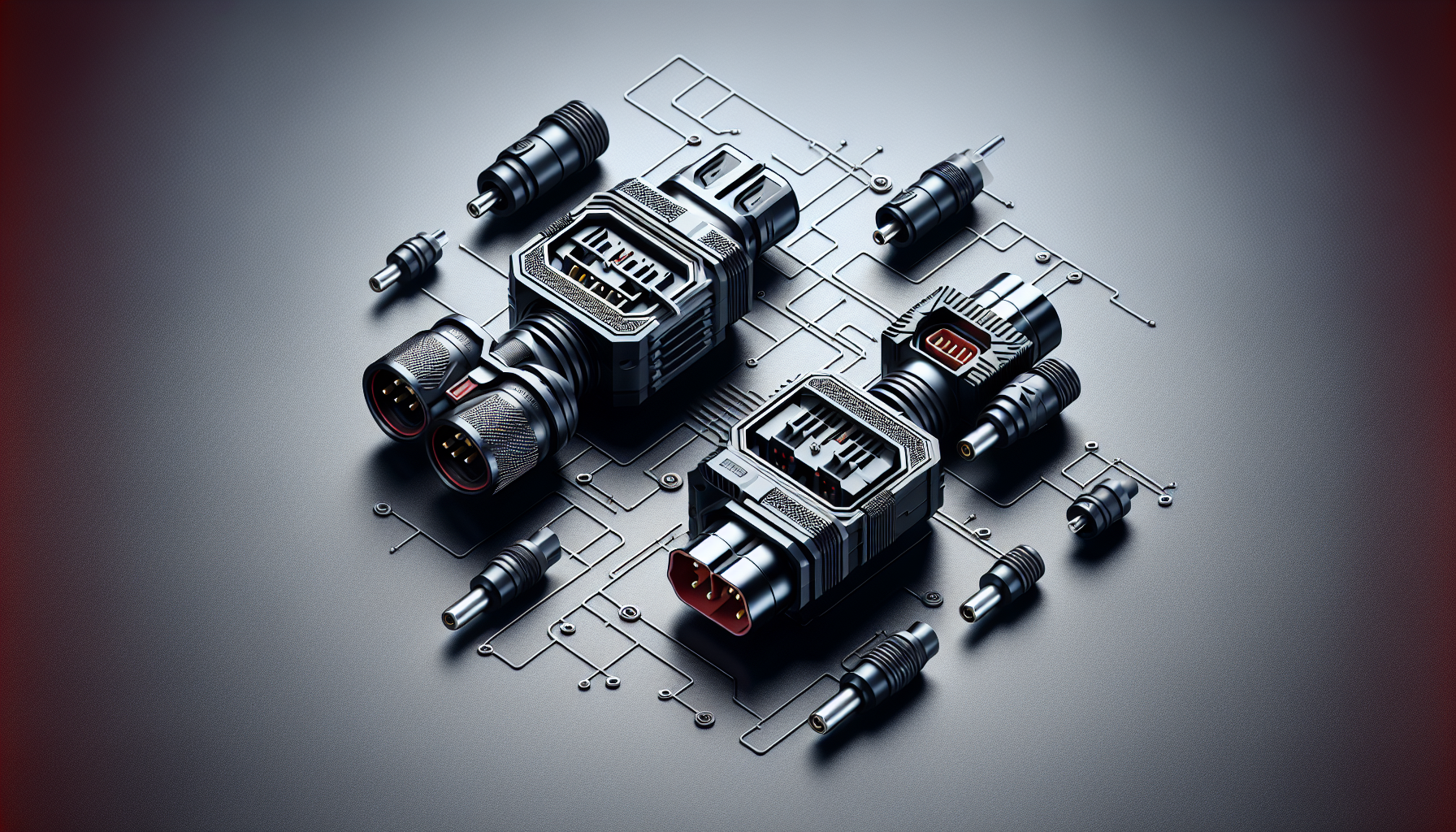
XT90 Connectors: A Close-Up
Advantages of XT90 Connectors
The XT90 is the heavyweight champ in this battle, perfect for situations that demand more power and reliability. Designed for high-current applications, these connectors are specifically designed for serious drone operators who require dependable performance.
- Current Rating: XT90 connectors can handle up to 90 amps of continuous current, making them ideal for high-performance drones that require a substantial amount of power.
- Robust Design: They maintain their stability firmly, providing a secure connection even in turbulent flight conditions.
| Feature | Description |
|---|---|
| Current Rating | Up to 90 Amps |
| Use Case | Suitable for high-performance, powerful drones |
| Ease of Use | Tough, reliable connection for demanding scenarios |
Limitations of XT90 Connectors
Nothing is without flaws, and the XT90 is no exception. They’re larger, bulkier, and understandably, a bit cumbersome compared to the XT60. For those pinching every inch and gram for weight savings, the additional size could be a hindrance. Additionally, these connectors might be overkill for users who don’t need that much power.
Best Use Cases for XT90
The XT90 shines in demanding applications where performance is paramount. Racing drones, plus-sized photography drones, or any other equipment requiring robust power delivery will greatly benefit from the XT90.
The Showdown: XT60 vs. XT90
Key Differences
Here’s where things get interesting. At first glance, the XT60 and XT90 may appear similar, but they cater to distinct segments of the drone market.
- Size: The XT60 is smaller and lighter, whereas the XT90 is bulkier but more robust.
- Current Capacity: XT90s support up to 90 amps, whereas XT60s support up to 60 amps.
- Applications: XT60 is ideal for more leisurely pursuits, while XT90 is built for power-hungry crafts.
Table: A Side-by-Side Comparison
| Feature | XT60 | XT90 |
|---|---|---|
| Current Rating | Up to 60 Amps | Up to 90 Amps |
| Size | Smaller and lighter; more suited for compact setups | Larger and bulkier; suited for powerful drones |
| Best For | Small to medium-sized drones, beginners | High-performance, professional-grade applications |
| Ease of Use | Simple and beginner-friendly | Tough, stable, handles more power |
When to Use Each Connector
The choice between XT60 and XT90 essentially boils down to the power needs of your drone and its intended use. For beginners or hobbyists, an XT60 is likely the best match. In contrast, if you’re entering competitive drone racing or dealing with high-powered setups, opting for the XT90 is advisable.
Factors to Consider
Weight and Size Concerns
In the world of flying drones, every gram and millimeter counts. Opting for the lighter, smaller XT60 might help save weight, but at the cost of lower power capacity. The choice really depends on where your priorities lie—performance versus portability.
Current and Voltage Handling
Both connectors are excellent in providing a reliable power transfer, but vary significantly in terms of current handling capacity. Ensure your choice matches your drone’s power requirements to avoid any mid-air crises or overeating your components.
Cost Considerations
Naturally, minor tweaks in design and function come with cost implications. While cost differences between XT60 and XT90 aren’t groundbreaking, penny-pinchers might still factor this into their purchasing decisions.
Real-World Application and Stories
Anecdotes from Drone Enthusiasts
A friend of mine, whom I shall call Kevin (for that is his name), swears by the XT60 for his casual flights, citing its portability and ease of use. His crafts are light and recreational, making the XT60 his ideal companion. Meanwhile, another acquaintance, Heather, is an enthusiastic racer; naturally, the XT90 is pivotal for her high-performance racing drones, handling the power demands with ease.
Experimenting with Different Setups
Testing both connectors in various conditions reveals a truth—every drone has its requirements. Similar to how some of us thrive in the hustle of a buzzing city while others prefer tranquil countryside meadows, your drone’s needs will steer your choice.
Conclusion: Making the Right Choice
Choosing between the XT60 and XT90 connectors isn’t about selecting the most luxurious option, but the one that aligns best with your flying fantasies and the technical demands of your drone. Reflect on your drone’s power needs, the nature of your flights—whether it involves breaking records or leisurely loops—and your skill level.
To Sum It All Up
- For most hobbyists and beginners, the XT60 provides everything necessary in a lightweight, easy-to-use package.
- Advanced users with performance requirements or those using heavy-duty applications will find the XT90 indispensable.
It’s always wise to evaluate your long-term goals with your drone and make informed choices accordingly. The correct connector sets the stage for continued exploration and perhaps fewer pre-flight anxiety attacks.
So, before you set off skyward, ensure your connectors are ready for the journey. Rest assured, whether you opt for the XT60 or XT90, your drone adventures await—charged and connected.
